The 100-year-old villa of Governor Vo Ha Thanh in Bien Hoa is the center of attention as it is facing the risk of being demolished to make way for the Dong Nai riverside road project. This project is not simply an ancient house, but contains within it extremely unique cultural, historical and architectural values. The presence of the villa is a living testament to the journey of urban development since the colonial period, associated with the historical events of Bien Hoa land. However, with the rapid development of infrastructure projects, the problem of preserving unique architectural heritages such as the Governor's villa is becoming a big challenge in modern urban planning.
This architectural work was built in the early 20th century, with a harmonious combination of French and Vietnamese architectural styles. The beauty of the villa is expressed through the meticulousness and sophistication in every detail, from the construction materials transported from France to the ingenuity of local builders. The house is not only a residence but also a witness to many ups and downs that Bien Hoa has experienced. For that reason, the villa of Governor Vo Ha Thanh has become a precious cultural heritage, worthy of being preserved to preserve the identity and soul of the urban area along the Dong Nai River.
Vo Ha Thanh villa. Photo: Vnexpress
In the context of Bien Hoa increasingly developing with many new urban projects, retaining this villa is an important cultural decision and also a challenge of vision in urban planning. Many experts and residents believe that if the villa is preserved, the surrounding space will become harmonious, creating a connection between the past and the present. The riverside road can be designed to curve, both preserving the villa and creating a historical highlight in the heart of the modern urban area. This solution not only preserves the ancient architectural value, but also opens up opportunities for tourism development, contributing to increasing the cultural value of the city.
In addition, preserving the ancient villa also raises the issue of how to exploit and promote its value after being retained. The house can become a small museum or gallery, a place to preserve and introduce the history of Bien Hoa through the ages. This will not only attract tourists but also become a place to educate younger generations about the value of cultural heritage. However, to do that, there needs to be consensus from the owner, because the villa is currently private property. If the owner does not agree, all conservation efforts will be meaningless.
According to the proposed plan, the road encroaches on the building's length by 9 meters. Photo: Vnexpress
The preservation of the villa of Governor Vo Ha Thanh is a difficult decision in balancing urban development and heritage preservation. In the midst of increasingly vibrant urban life, structures like this villa are historical vestiges and pride of the community, closely linked to the memory and culture of the land. The decision to preserve or demolish will have a great impact on the appearance and spirit of the urban area, and at the same time deeply affect the pride of local people.
On the journey of development, the harmony between preservation and modernization will be the key for Bien Hoa to continue moving forward while still maintaining traditional values. Cultural heritages such as this ancient villa are a reminder that, in the cycle of development, we must not forget the values that have created the identity of the land and the people here.


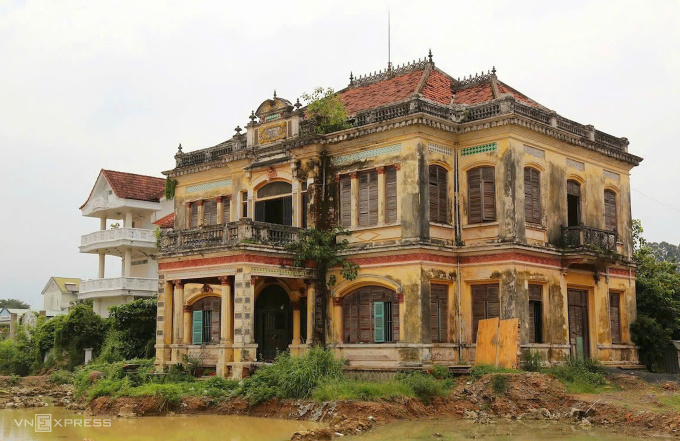
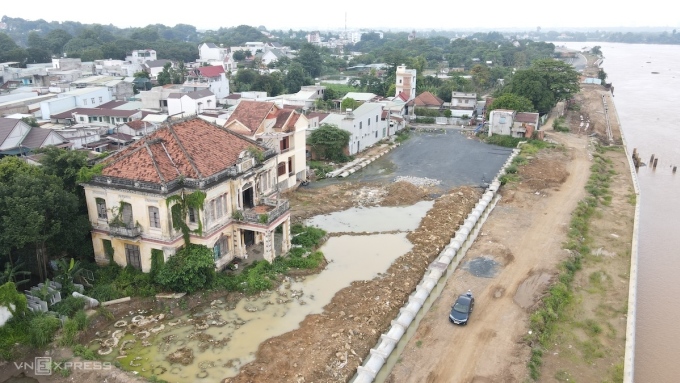






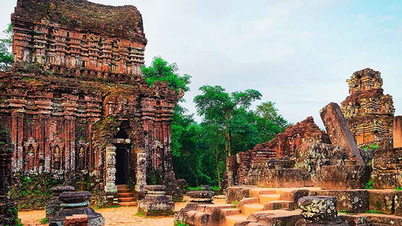

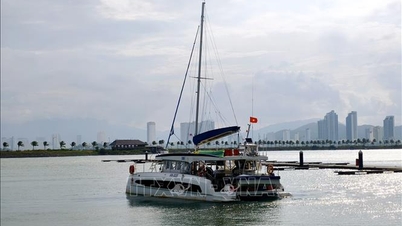

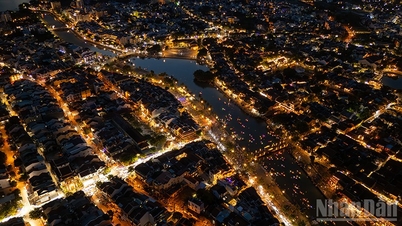

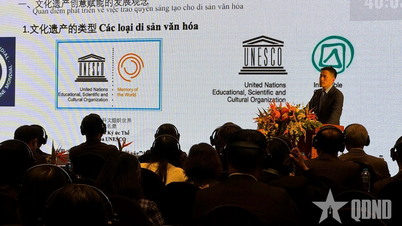

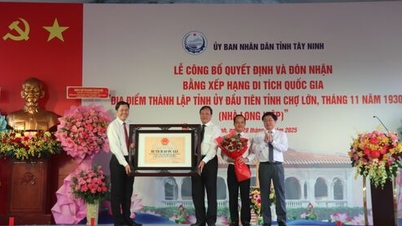

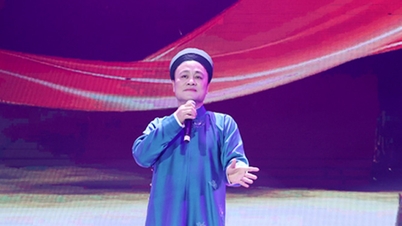

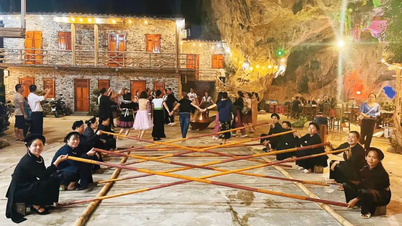

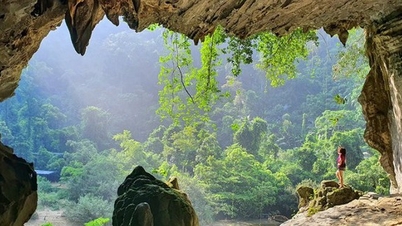

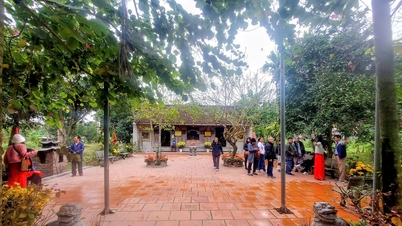



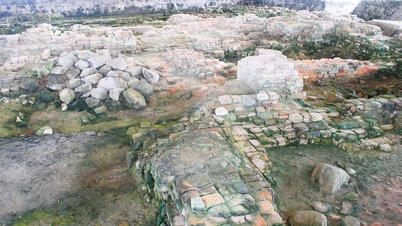





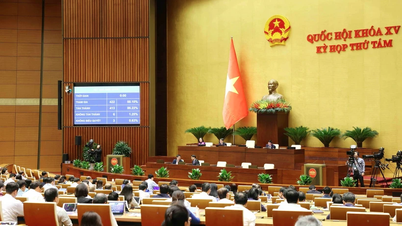
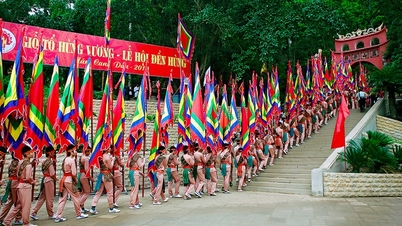
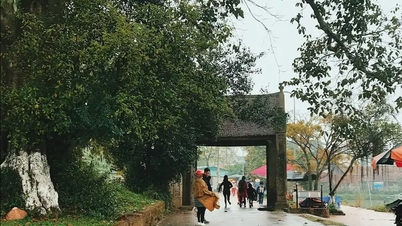
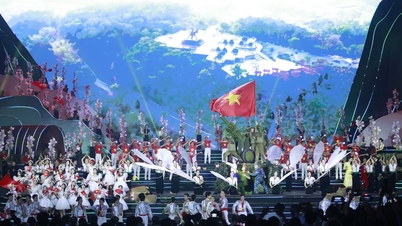

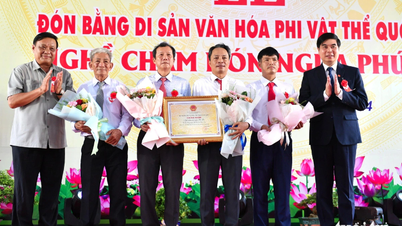
![[Photo] Worshiping the Tuyet Son statue - a nearly 400-year-old treasure at Keo Pagoda](/_next/image?url=https%3A%2F%2Fvphoto.vietnam.vn%2Fthumb%2F1200x675%2Fvietnam%2Fresource%2FIMAGE%2F2025%2F12%2F02%2F1764679323086_ndo_br_tempimageomw0hi-4884-jpg.webp&w=3840&q=75)
![[Photo] Parade to celebrate the 50th anniversary of Laos' National Day](/_next/image?url=https%3A%2F%2Fvphoto.vietnam.vn%2Fthumb%2F1200x675%2Fvietnam%2Fresource%2FIMAGE%2F2025%2F12%2F02%2F1764691918289_ndo_br_0-jpg.webp&w=3840&q=75)




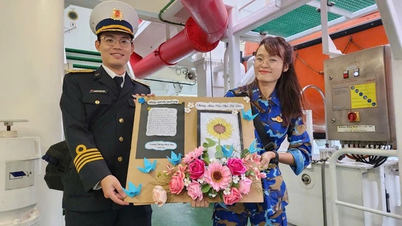




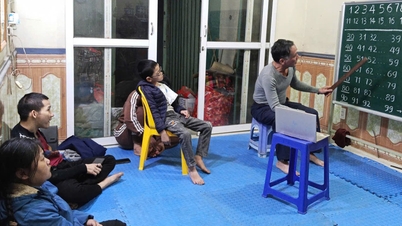
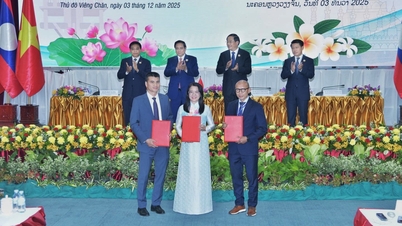






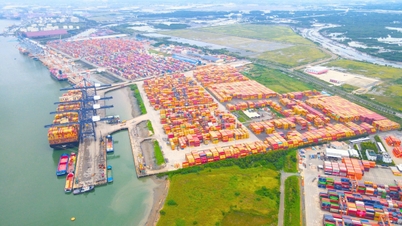













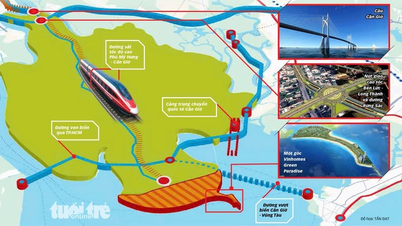


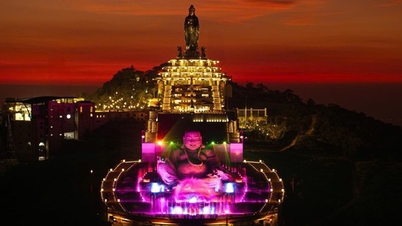
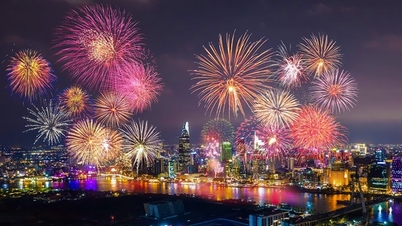





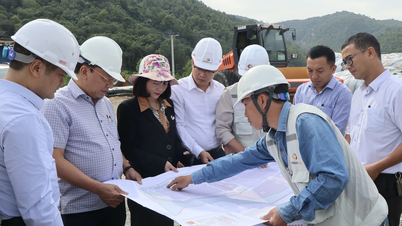





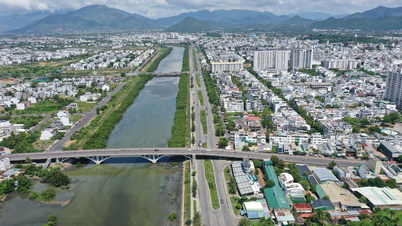













Comment (0)